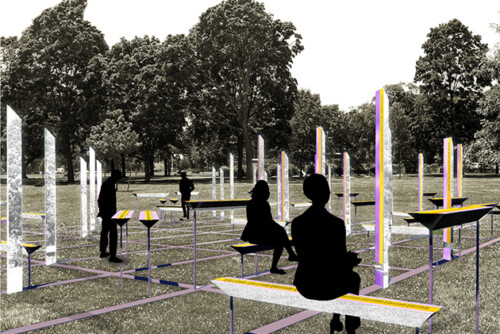Today, much of the Curaçao culture is an unconscious and fluent back and forth between European and African culture. It is the ultimate Creole place. And in many ways, the constant exposure to different cultures makes us, Curaçao people, fluent in navigating many cultures. My artistic expression is an effort to make the navigation conscious. In my dances, mixing the hips of Tambu with a straight leg is an expression that comes from the constant exposure to different cultures. Curaçao is still a complex society in which color and one’s place in it are still based partially upon the color of one’s skin. This color consciousness has always existed, not only in my own family but also in the society at large. Gert Ooostindie, a scholar in Dutch and Caribbean history, explains:
In Curaçao, the free (coloureds) are treated by the whites with far more contempt than in Suriname 1 : yet, as to the slaves, the contrary applies; the latter are far better clothed and less oppressed on Curaçao than in Suriname. Consequently, colour even more than slavery is the recurring issue in contemporary accounts of elite discourse (2005, 38).
Naturally, the color of one’s skin and how it relates to the environment plays a significant role in the film Savoneta. In this piece, I play the part of the light-skinned woman who takes her partner on a trip to an old plantation house. My dark-skinned partner, played by Niles Ford, would no doubt have been a field slave in the past, and would not have been allowed even to enter the house. That is why he lingers on the front porch and stairs, never fully able to convince himself to walk through the door. Consequently, the story doesn’t really deal with the architecture of the house but with the memory of the past; even still, the architecture plays a crucial role as the hub of many memories and experiences. In the presence of this house, loaded with history, the dark-skinned man is brought back to a past in which he once was a powerless slave. The light-skinned woman, too, would have been a house slave in the past, though she feels less intimidated by the building and tries to coax the man in to entering the house. One might read in to this that a dark-skinned man can only gain access to certain parts of society through the lighter-skinned.
The man in Savoneta becomes overwhelmed by images of the past. He navigates these flashbacks (actual pictures of the slave families taken in and around the plantation house where we filmed) and his complex relationship with the light-skinned woman. His dance is one with himself, his past, and the woman. Meanwhile, the female briefly enters the house and finds a picture that reminds her of the two of them. Her dance channels the pain, desperation, and isolation of her (former) existence, as well as her complex relationship with the man. Women like her, back then (and to a certain extent today), were expected not to be with darker-skinned men but with white Dutchmen—or at the very least someone of their own mixed heritage. A relationship such as their own would have caused a great deal of grievance.
In an effort to neutralize the past, the couple then baptizes each other with water. When they do dance together, she finds solace in his arms, though she tries to escape his embrace time and again. Together, they invent rituals derived from Winti 2 and Voudoun. Chalk becomes face paint and earth, symbolizing the sacred act of blowing away spirits. Calmed by the rituals, the woman leads the man to the house, stopping to show him the picture of the couple. He looks at it, seeing not one but many images.
At last, they enter the house. We never see them walk inside; we only see the building turning, as if the couple, dizzy from the information held within the building, cannot keep their gaze steady. The house literally turns before their eyes. And when they finally reach the top floor, they can look from the inside out.
Toward the end of the film, the beginning music theme comes back in an expanded and accelerated version. The song that frames most of the film is arranged by H. Moen and sung by Rose Heije from the Curaçao-based Grupo Serenada. It uses an old folkloric melody and is based on Peirre Lauffer’s poem, “Buchi Fil,” about a slave.



